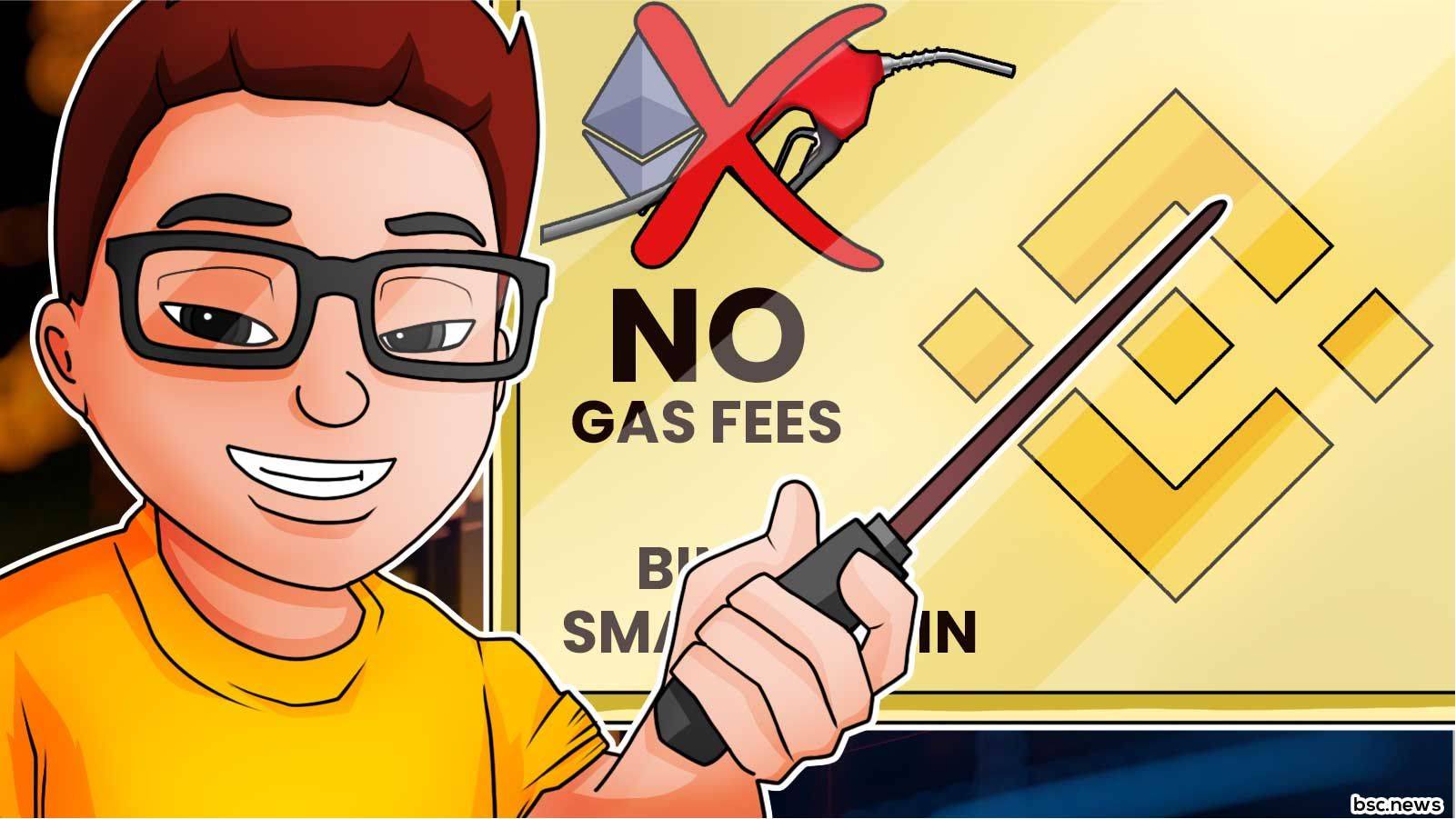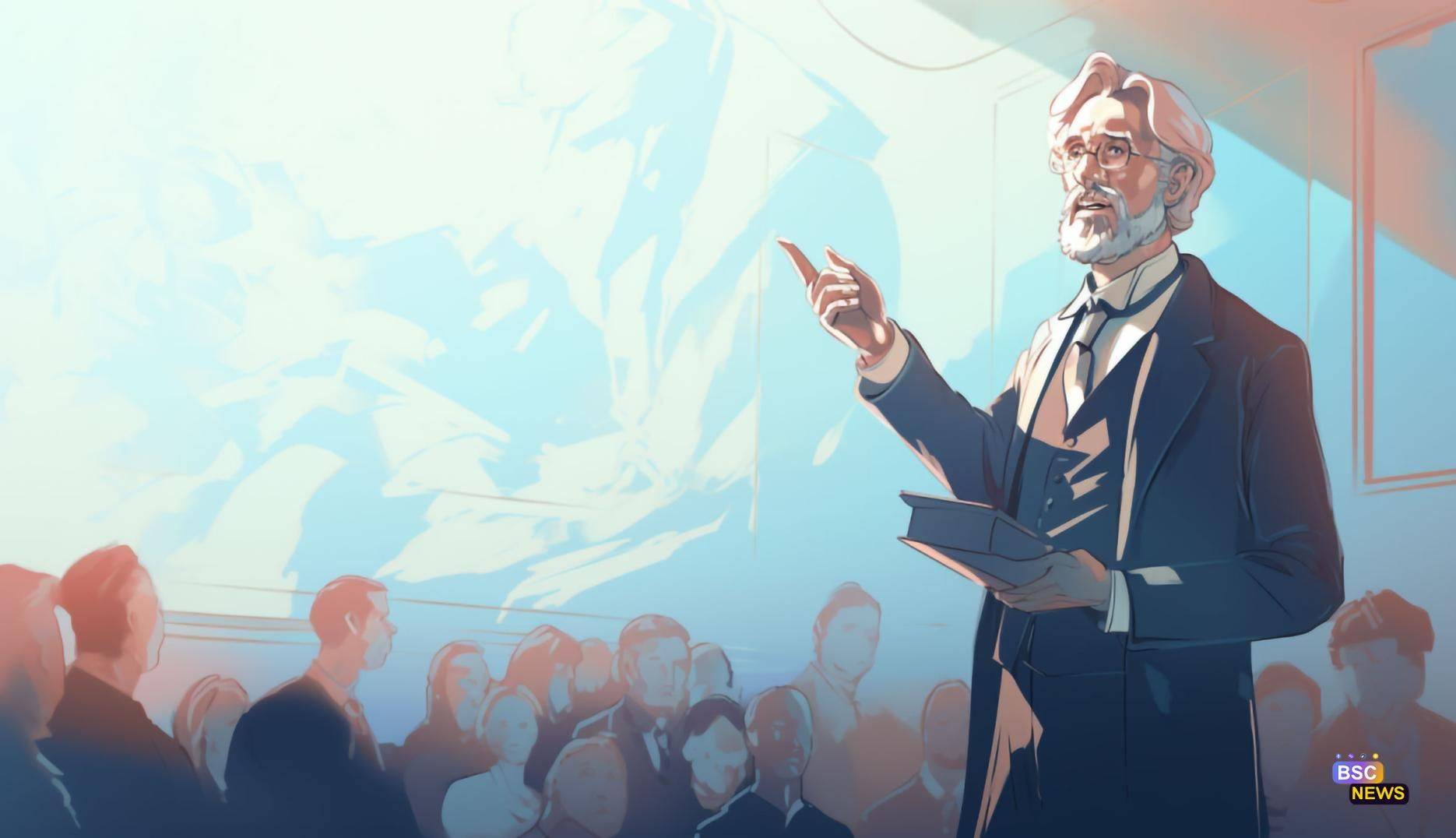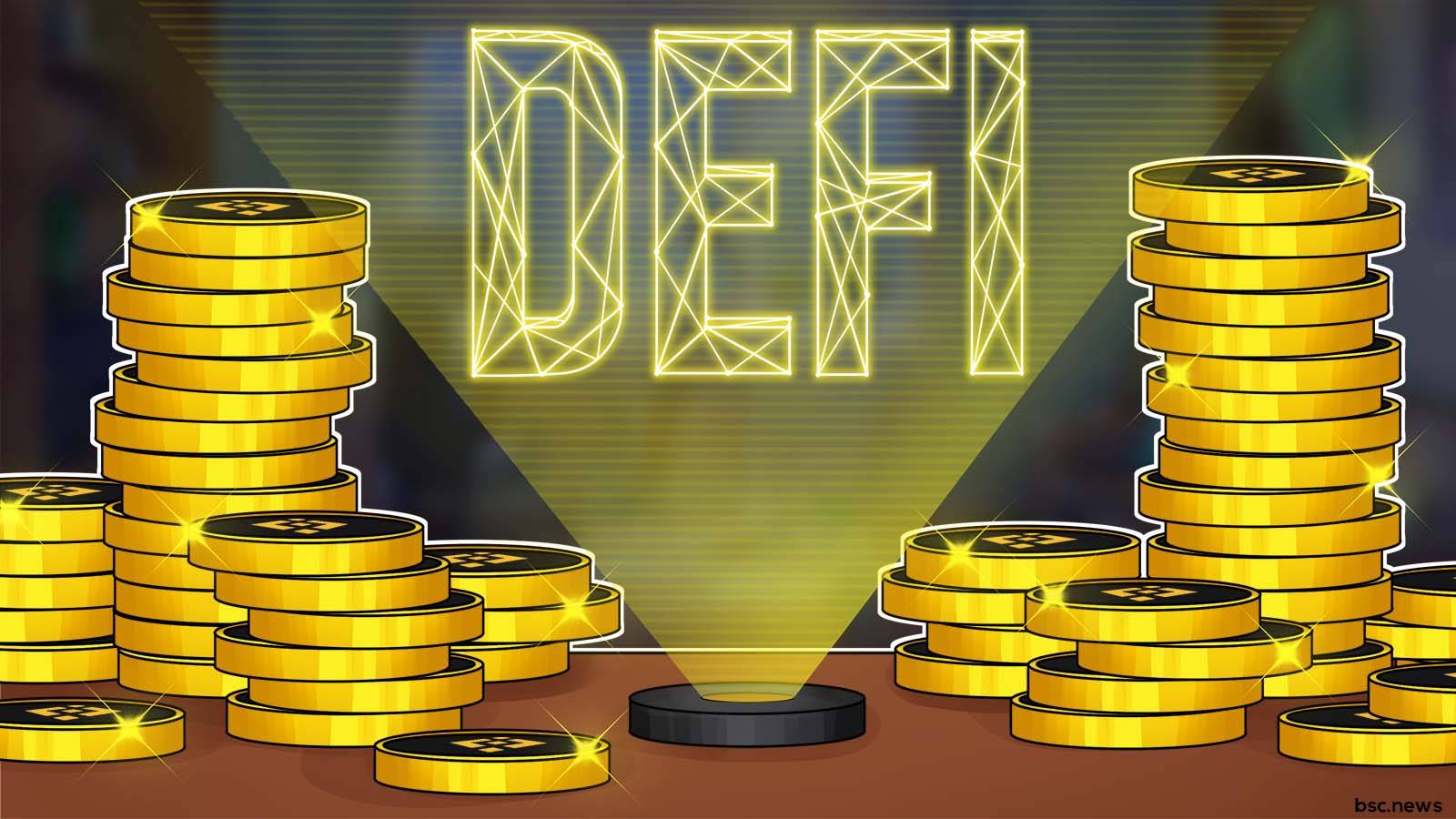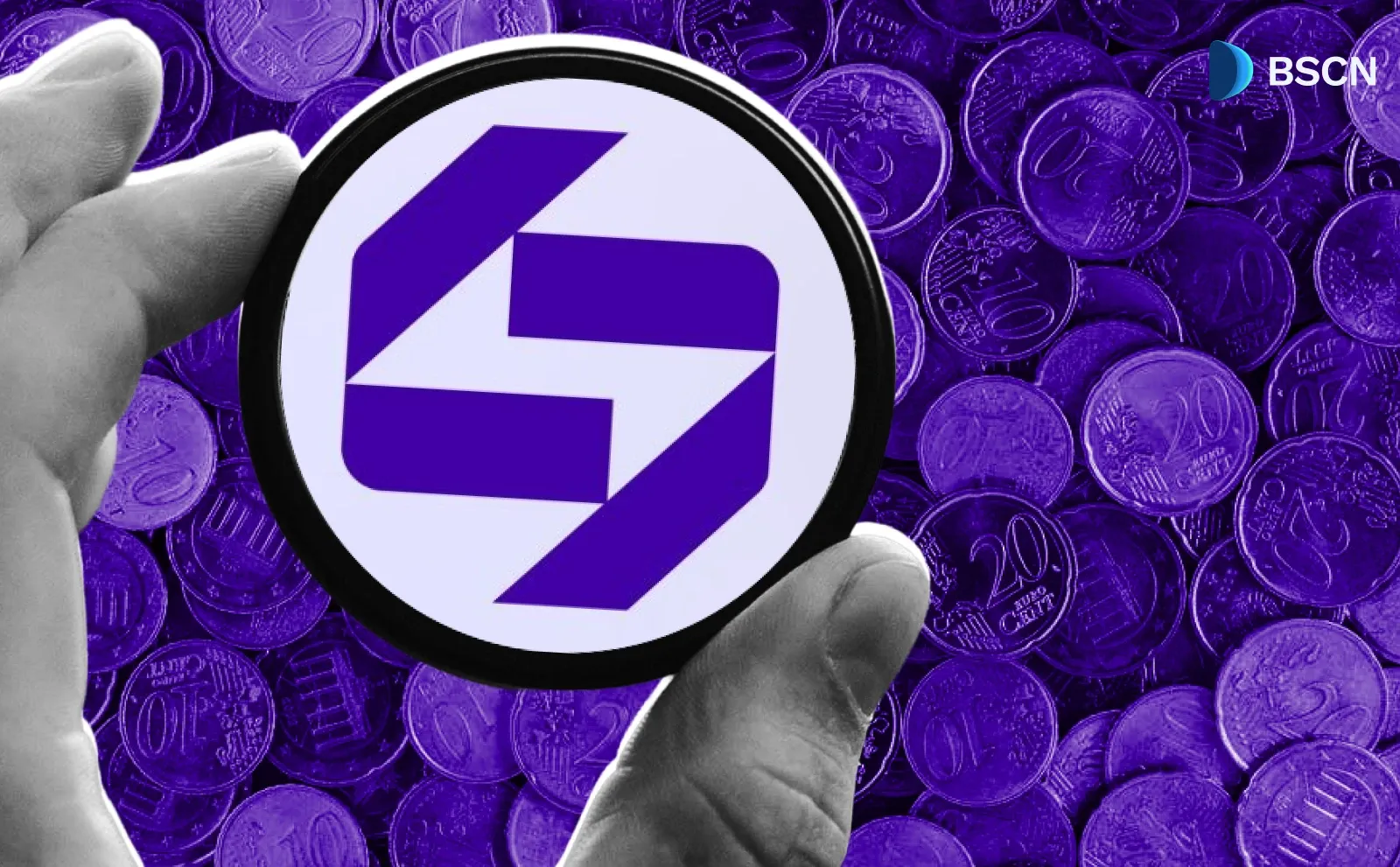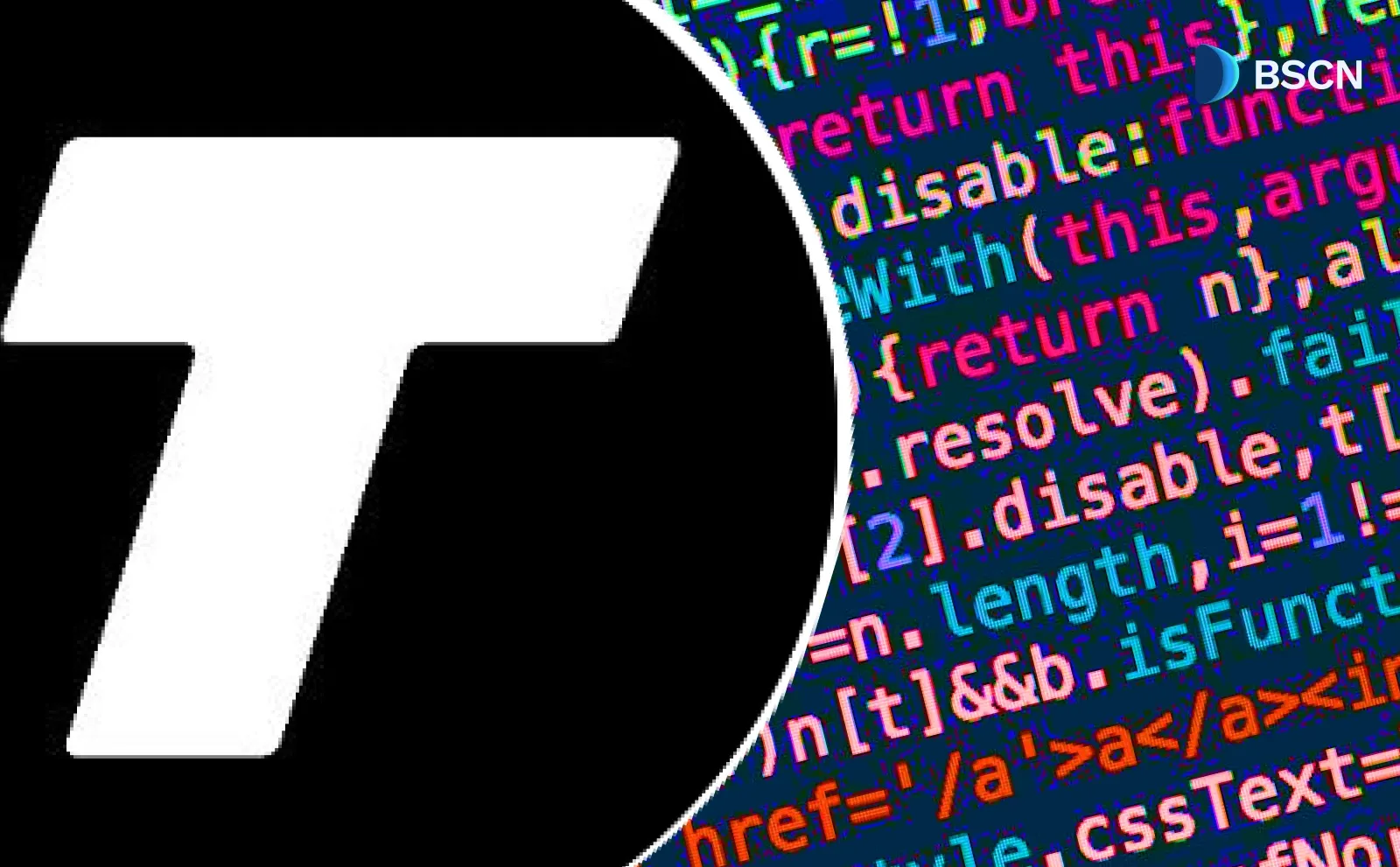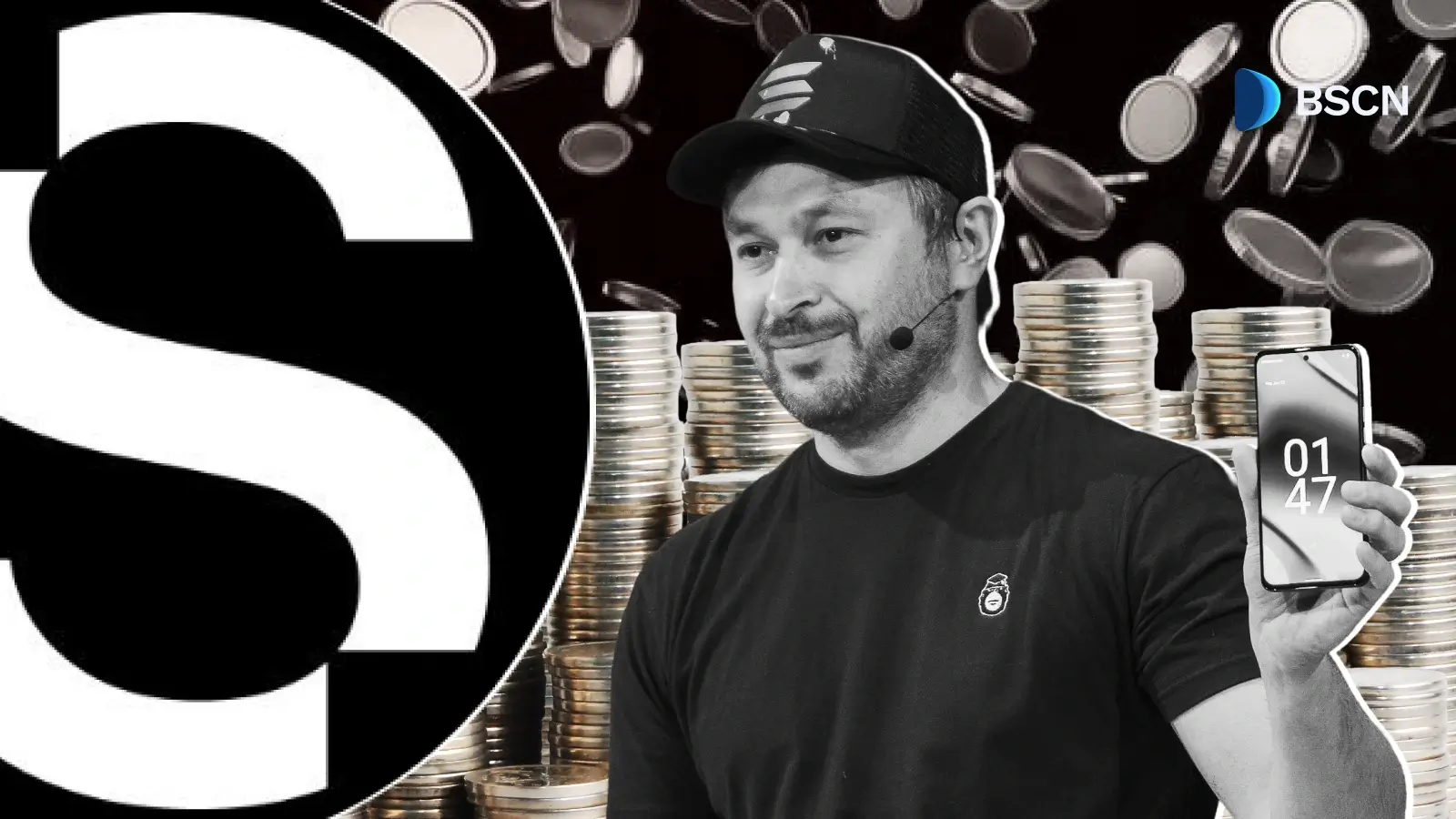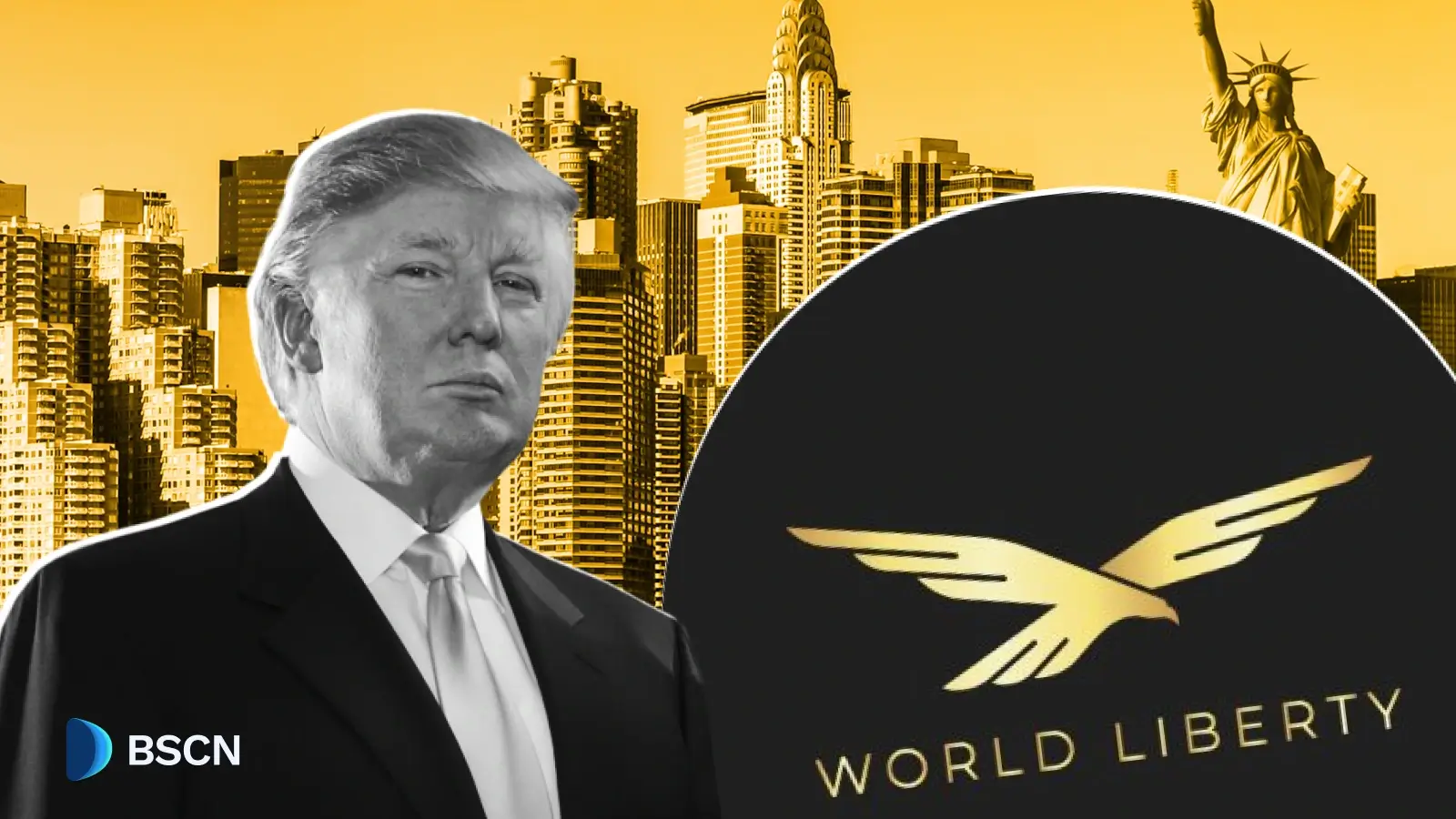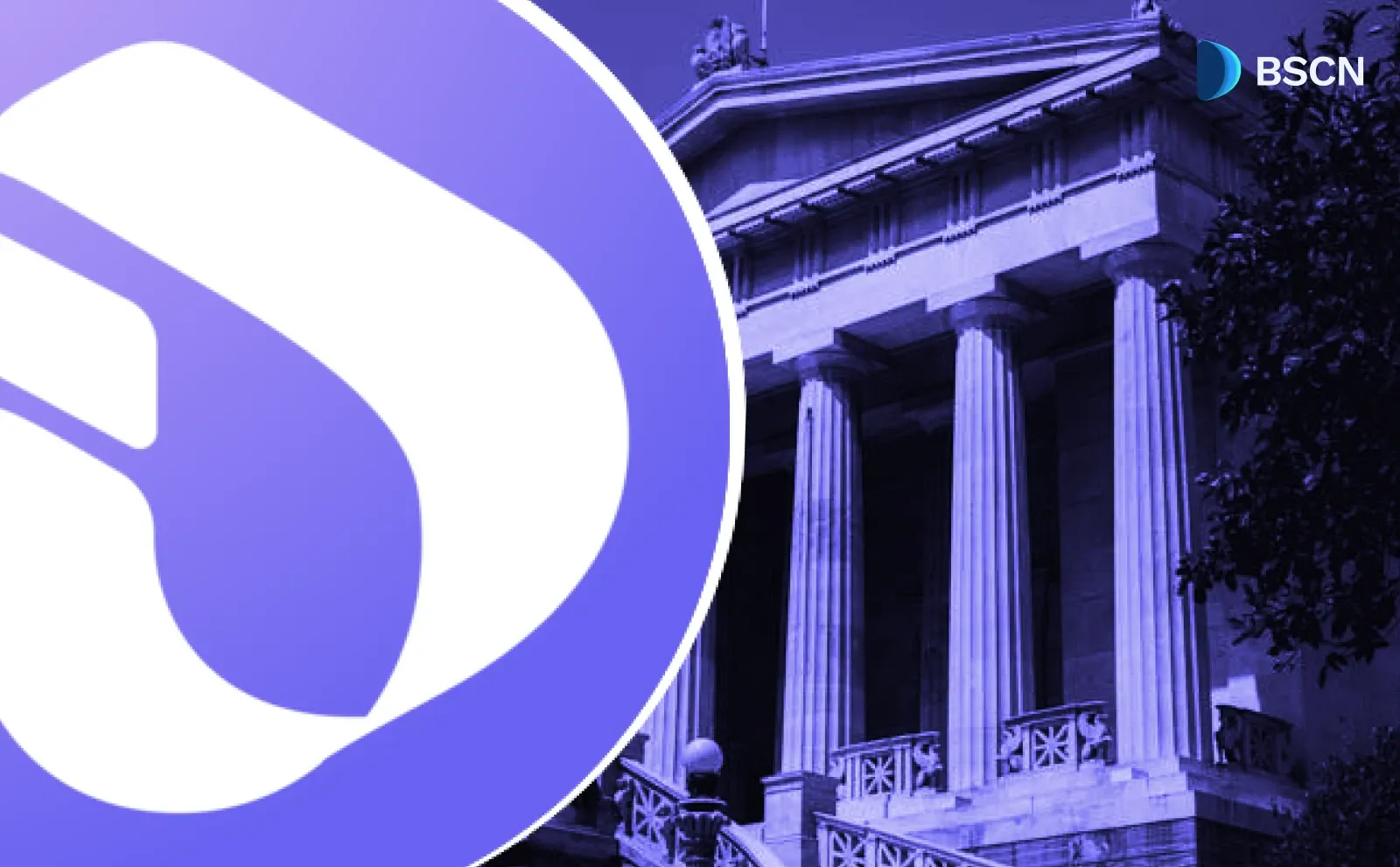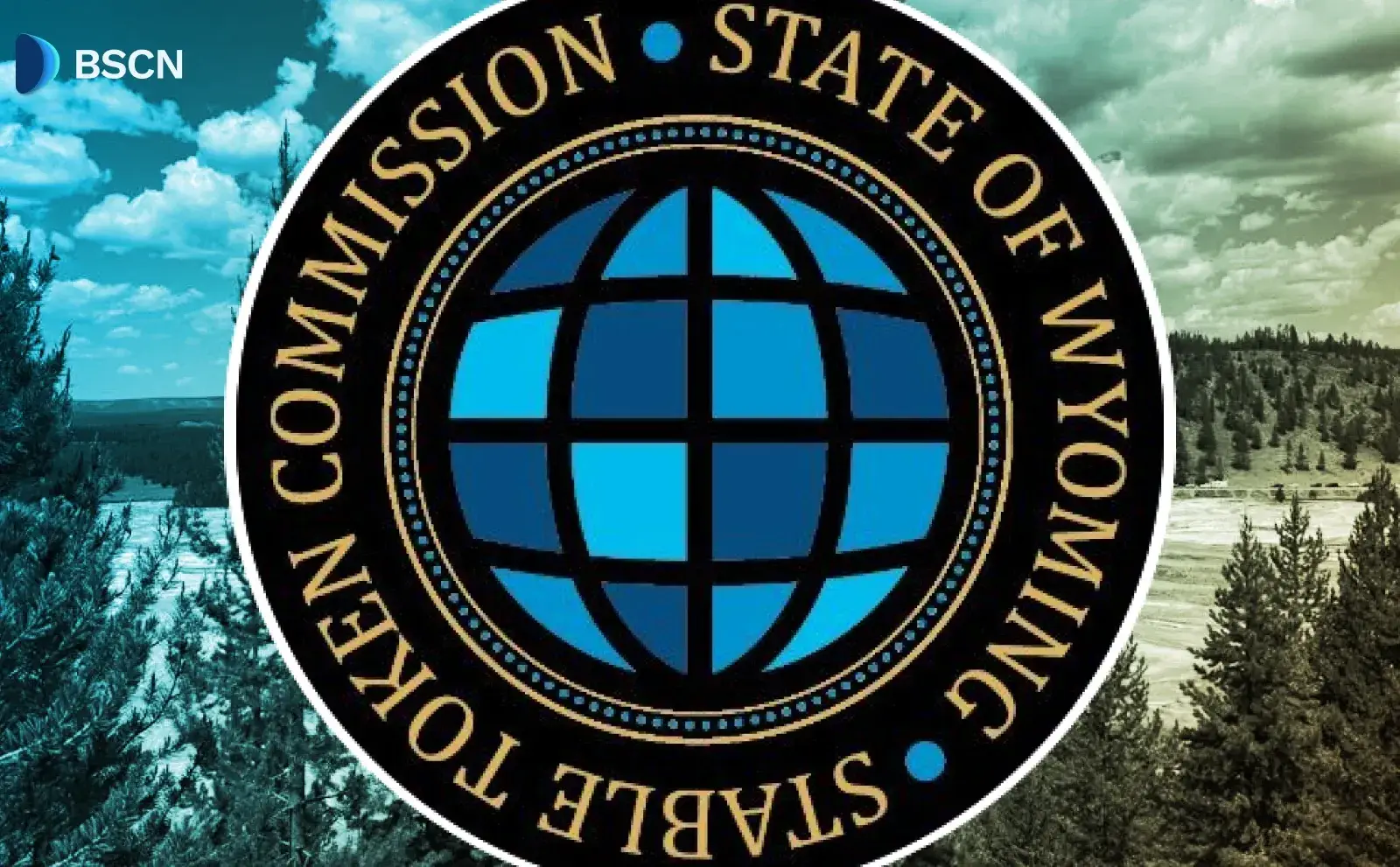WEB3
(Advertisement)
What are Cross-Chain Cryptocurrency Bridges in DeFi

We’ll be looking at precisely what a bridge is used for in DeFi, before diving into several examples. Read on for how to bridge Ethereum and Binance Smart Chain assets.
BSCN
November 11, 2021
(Advertisement)
Table of Contents
Bridging Your Assets
A blockchain bridge forms a link that allows tokens and/or arbitrary data to travel from one chain to another.
Though different chains may have distinct protocols, rules, and governance models, a bridge will nevertheless allow seamless interoperations. In utilizing a bridge, users have the opportunity to:
- Position digital assets hosted on one blockchain to dapps on another
- Oversee fast, low-cost transactions of tokens hosted on otherwise less scalable chains
- Execute dapps across more than one platform, allowing for a more effective user experience
Bridge designs can vary but are often classified into two categories: decentralized trustless bridges and more traditional centralized bridges that rely on trust.
Popular Bridges for ETH, BSC, and More
Take Poly Bridge, for example, the steps you would take to bridge your digital assets are fairly succinct and clear.

After clicking here you will arrive at Poly Bridge, the site
- In the top right corner, you will find ‘Select Asset,’ within which you will be required to select your chosen token in the pop-up window.
- You will then be asked to ‘Select Network.’ With Poly Bridge supporting BSC Network, Ethereum Network, and others, you’ll have plenty of options.
- Finally, you will be asked to ‘Connect Wallet,’ after which you will select the token and amount you wish to bridge.
And as far as Poly Bridge is concerned, it really is that simple.
As far as your use of ChainSwap goes, the difference in the steps you take is fairly minimal.

- You can click here to visit ChainSwap.
- At this point, you will have to connect your wallet as the first step.
- You will then be prompted to select from which network and to which network you wish to bridge your assets before finally stipulating the token and amount you wish to bridge.
Simple enough, right?
Here’s another example for good measure, in Anyswap. The most popular and effective means of bridging assets on Anyswap has proven to be the Anyswap v2 Bridge.

Refer to the numbers on the image above
- 1&2: After selecting the bridge, be sure to check the limits and fees, so you underline the fact it is free to send most of your tokens to your chosen network.
- 3: After you have chosen and selected your approved tokens, you will be required to give the go-ahead via your wallet, and after a brief moment, you can then click swap and voilà.
Anyswap allows you to track the status of your transaction via a pop-up link after you have initiated the swap.
pNetwork is distinct in that it allows you to move both token assets as well as NFTs you may be hoping to move, as you can see on the arrows below.

Again, as you can see from the image above, the steps are fairly simple. The steps you are required to take for pNetwork mimic those above for Poly Bridge; you complete your chosen route for the bridge before finally connecting your wallet and initiating the transaction.
A final bridge that is certainly worth mentioning and has enjoyed soaring popularity of late is that of cBridge. As depicted in the image below, your route will once more be fairly simplistic and, depending on the tokens you wish to transfer, should take you no time at all.

As was the case with your instructions regarding ChainSwap, you will be asked to connect your wallet first before designating your chosen route and approving the transfer you wish to initiate.
Final Notes on DeFi Bridges
You should always ensure that the token you are looking to transfer has ample liquidity in the DEX on the network you are transferring to. A lack of liquidity will likely hamper your route and make the movement near impossible.
Another important point to consider is that the bridges mentioned above have at some point endured exploits and hacks throughout their operational experience. The management of the demanding situations by their respective teams means that they remain functional and regularly used, but this, of course, underlines the fact that you must nevertheless conduct your own due diligence before conducting your chosen transaction.
Here at BSC News we are always trying to identify ways in which your crypto experience can be improved and made easier. This piece has overlooked the myriad possibilities regarding bridging assets, but we will be looking for other ways to help you on your crypto journey.
Don’t forget to download the BSC News mobile application on iOS and Android to keep up with all the latest news for Binance Smart Chain and crypto!
Read Next...
Disclaimer
Disclaimer: The views expressed in this article do not necessarily represent the views of BSCN. The information provided in this article is for educational and entertainment purposes only and should not be construed as investment advice, or advice of any kind. BSCN assumes no responsibility for any investment decisions made based on the information provided in this article. If you believe that the article should be amended, please reach out to the BSCN team by emailing [email protected].
Author
 BSCN
BSCNBSCN's dedicated writing team brings over 41 years of combined experience in cryptocurrency research and analysis. Our writers hold diverse academic qualifications spanning Physics, Mathematics, and Philosophy from leading institutions including Oxford and Cambridge. While united by their passion for cryptocurrency and blockchain technology, the team's professional backgrounds are equally diverse, including former venture capital investors, startup founders, and active traders.
(Advertisement)
Latest News
(Advertisement)
Crypto Project & Token Reviews
Project & Token Reviews
Comprehensive reviews of crypto's most interesting projects and assets
Learn about the hottest projects & tokens
Latest Crypto News
Get up to date with the latest crypto news stories and events
